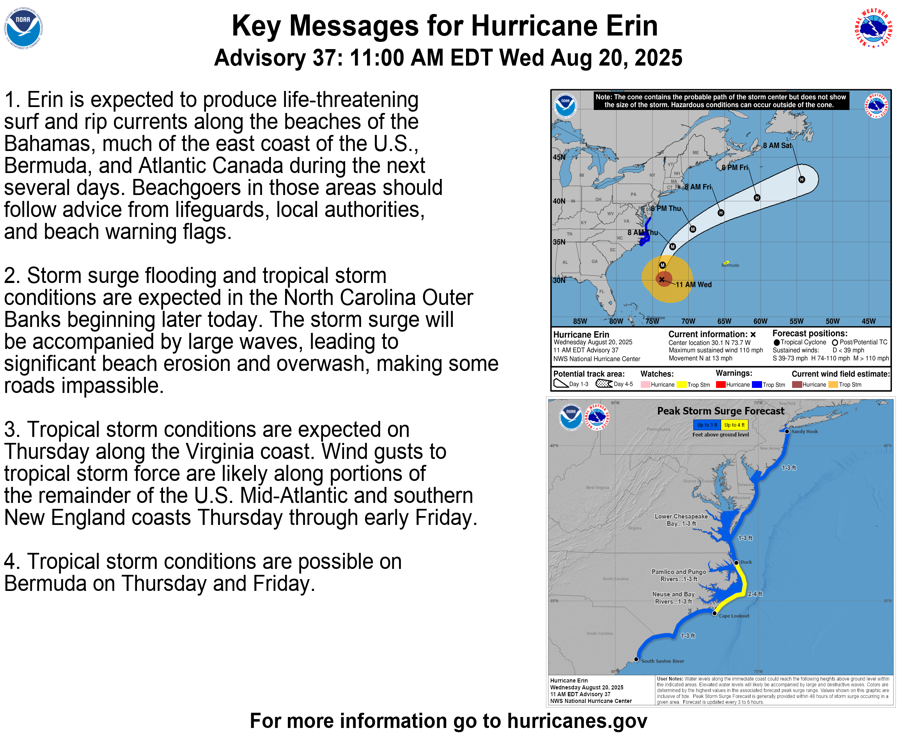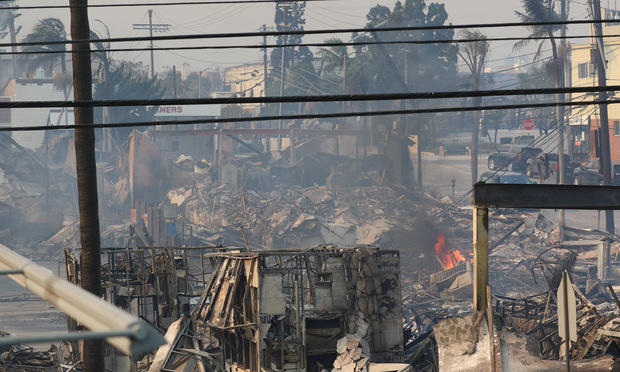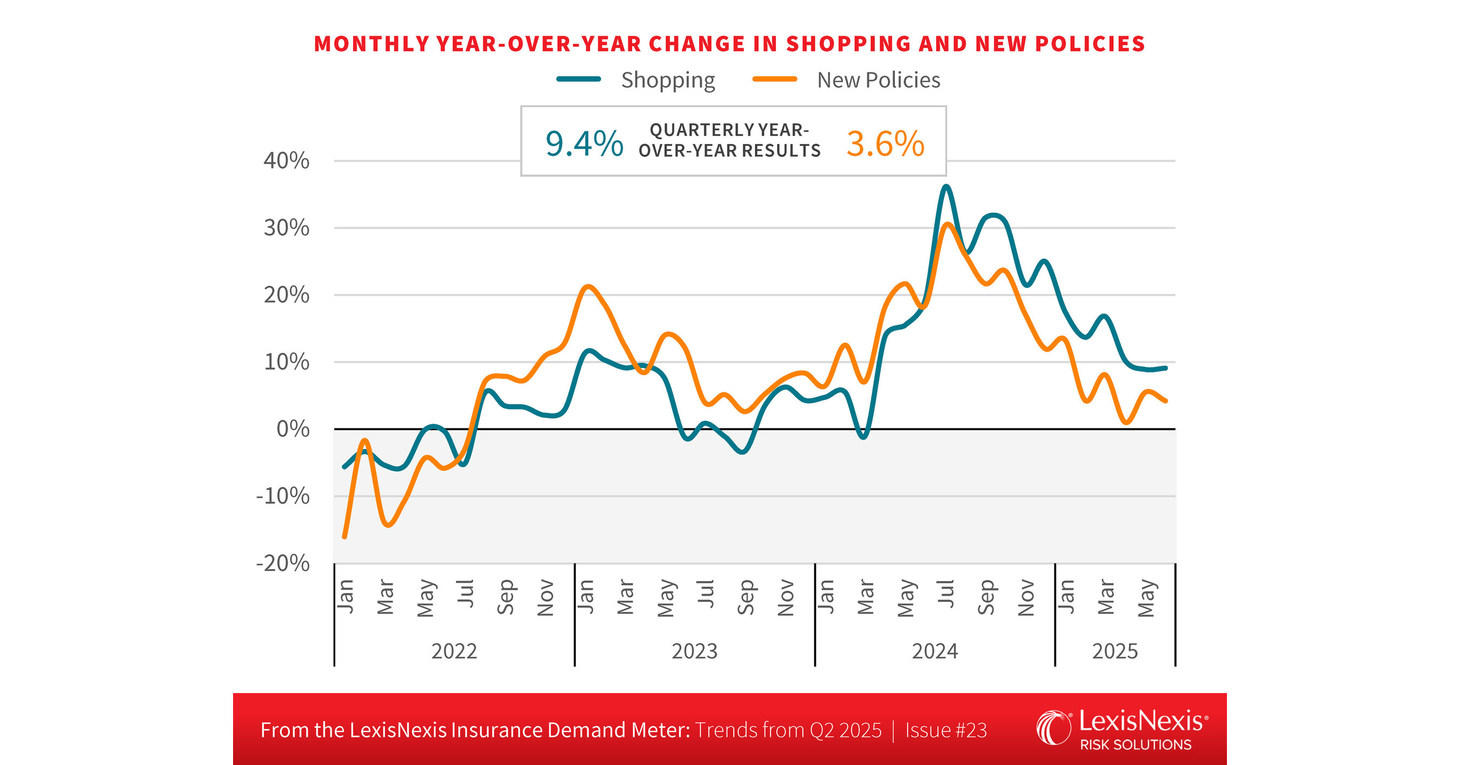AI in Insurance

Why Swiss Re's Ladva believes AI won't kill insurance jobs | Insurance Business Americ
Mass layoffs in technology and finance have reignited global anxieties about artificial intelligence (AI) and its impact on white-collar jobs.
The World Economic Forum has forecast that AI could displace 92 million jobs by 2030 but also create 170 million new ones, warning of a looming gap between where jobs are lost and where new requirements lie. Meanwhile, a new Reuters/Ipsos survey has revealed that a majority (71%) of Americans fear AI causing permanent job loss.
Stories of companies trimming workforces while investing heavily in automation have sparked a question in many industries: Could insurance follow suit?
Pravina Ladva (pictured), group chief digital & technology officer at Swiss Re, believes the generative AI boom could play out differently in insurance.
“I am definitely more optimistic,” Ladva said. “The technology is advancing quickly, but what excites me is not the technology itself; it’s what the technology enables our industry to do when combined with people and processes.”
The unexpected benefits of AI in the workplace
High-profile layoffs and a challenging jobs market have led many to assume AI is the cause.
Ladva isn’t so sure. “People are putting two and two together and making a hundred,” she said. “They see companies laying people off and assume it’s because of AI. In reality, AI is still too nascent to have that kind of impact.”
Commentary/Opinion

Litigation from missed or improper calibrations rising nationwide
Lawsuits involving missed or improper calibrations of ADAS systems are upticking across the country, according to Rebekah Cooper, product liability attorney at The Cooper Firm, who spoke recently with BodyShop Business’s Jason Stahl during an Under the Radar video segment.
Cooper said the first ADAS case she litigated involved a Nissan vehicle that had been in a minor collision. The vehicle was taken to an OEM-approved authorized dealership. She said a forward collision warning system needed to be recalibrated.
However, the warning didn’t work in a secondary crash, and it resulted in a woman becoming quadriplegic, Cooper said.
News

Erin is Expected to Produce Life-threatening Surf - NOAA
Ed. note: The latest information can be found directly from NOAA Hurricane Center to see track Erin and all your tropical storms throughout the season.
Erin is expected to produce life-threatening surf and rip currents along the beaches of the Bahamas, much of the east coast of the U.S., Bermuda, and Atlantic Canada during the next several days. Beachgoers in those areas should follow advice from lifeguards, local authorities,
Storm surge flooding and tropical storm conditions are expected in the North Carolina Outer Banks beginning later today or tonight. The storm surge will be accompanied by large waves, leading to significant beach erosion and overwash, making some roads impassible.
Tropical storm conditions are possible on Thursday along the southeastern coast of Virginia.

US P&C insurance industry to remain profitable for several years: S&P
The US property and casualty (P&C) insurance sector is projected to remain profitable for the next several years, driven mainly by a rapid turnaround in the private auto sector in 2024, according to a recent S&P report.
Rating agency S&P’s Global Market Intelligence 2025 US Property and Casualty (P&C) Insurance Market Report projects a narrower profit margin for 2025 and 2026, with the combined ratio expected to be 99.2% in 2025 for the space.
This follows an 11-year low of 96.5% in 2024, an improvement of 5.1 percentage points driven by a strong fourth quarter for personal lines.
The 2025 projection considers significant losses from January’s southern California wildfires, which will partially offset strong underwriting results in the private auto business, analysts stated.
The report also assumes that social inflation will have a greater negative effect on the industry’s bottom line than potential economic inflation from new US federal government tariff policies.
The improved operating environment in the private auto business, which made up 33.6% of US P&C industry direct premiums written in 2024, is expected to have a negative effect on top-line growth in 2025 and 2026, particularly as some carriers have begun to lower rates.

General liability, umbrella rate hikes accelerate: Ivans
General liability and umbrella liability rate hikes accelerated in July, but increases for commercial auto and commercial property eased, according to a report Thursday from Ivans Insurance Services, a unit of Applied Systems Inc.
General liability rates rose 4.98%, up from 4.79% in June, while umbrella rates rose 8.83%, compared with an 8.69% increase, Ivans said.
Commercial auto rates rose 7.96%, down from 8.42% in June, and commercial property rates increased 7.98%, compared with 8.19%, Ivans said.
Business owners policies rate increases also ticked down to 7.55%, from 7.74%.
Workers compensation rates fell 1.48%, compared with a 1.61% decrease in June.

New California law will give escrowed claim interest back to insureds
Current California law requires lenders to pay homeowners interest on escrowed property taxes and insurance, but it does not extend this requirement to insurance claim payouts held in escrow.
The California state legislature has passed a bill that will ensure homeowners affected by disasters receive at least a portion of interest from insurance payouts. Governor Gavin Newsom announced his sponsorship of the legislation in February in the wake of January's Southern California wildfires.
Following large losses, insurance companies typically send claim payout checks jointly made out to both the policyholder and the mortgage lender. The claim check is then deposited into an escrow account where it earns interest that, under current law, the lender could keep.
“Homeowners, not insurance companies, should receive the interest earned on their insurance payouts. Many Angelenos devastated by these wildfires have lost nearly everything; they are struggling and need every bit of financial support. This bill puts people over profits, ensuring that rightful insurance payments go to those who need them most,” Harabedian explained in a release.

Tesla drivers can pursue class action over self-driving claims: Judge
Tesla must face a certified class action by California drivers who said Elon Musk misled them for eight years about the self-driving capabilities of his company’s electric vehicles.
U.S. District Judge Rita Lin said the common question of whether Tesla lacked sensors to achieve high-level autonomy plus its inability to “demonstrate a long-distance autonomous drive with any of its vehicles” justified group lawsuits by two sets of drivers who bought its Full Self-Driving technology package.
In her decision on Monday, the San Francisco-based judge also said thousands of people likely saw Tesla’s claim in the “Autopilot” section of its website from October 2016 to August 2024 that its vehicles contained hardware for full self-driving.
Tesla made a similar claim in a blog post, newsletter and quarterly earnings call, as did Musk at a 2016 press conference.
“While these channels alone may not ordinarily be enough to establish class-wide exposure for a traditional car manufacturer, Tesla’s distinctive advertising strategy warrants a departure from the typical approach,” Lin wrote.
Tesla does not use mass advertising or independent dealers, and Lin said it was reasonable to infer that class members interested in Full Self-Driving technology went to Tesla’s website to get information.
Lawyers for Tesla did not immediately respond to requests for comment on Tuesday.
The Austin, Texas-based company had said it was unreasonable to assume all class members saw the challenged statements, and there was no common proof the statements were material.

NAIC gets pushback on fast-track effort to add 'rigor' to 33-year-old RBC standard
State insurance regulators are moving quickly on a controversial plan to overhaul the risk-based capital (RBC) framework by the end of 2025.
The Risk-Based Capital Model Governance Task Force was established in February by the National Association of Insurance Commissioners. Its first task: to update the RBC standard hammered out by the NAIC in 1992.
NAIC President and North Dakota Insurance Commissioner Jon Godfread called it one of the “most significant” things the NAIC will undertake in 2025.
“When RBC is governed with clarity, it enables smarter product development and stronger global alignment,” Godfread said during his keynote address at the NAIC summer meeting this week. “But if we put the cart before the horse, if we design only based on outcomes and not structure, we risk eroding the very solvency RBC is intended to protect.”
“Solvency in 2025 is a far cry from solvency in 1985,” Godfread said. “It’s moving faster, more complex, and deeply interwoven with enterprise capital strategies.”
Research

LexisNexis® U.S. Insurance Demand Meter: Consumer Auto Shopping Clocks in 'Hot' and New Policy Growth Registers 'Warm' as the Industry Hurdles 2024 Market Activity
U.S. consumer auto insurance shopping growth remained positive in the second quarter of 2025, according to the latest U.S. Insurance Demand Meter from LexisNexis® Risk Solutions.
Shopping rates registered as "Hot," rising 9.4% year-over-year, and new policies grew 3.6% year-over-year (YoY), with a "Warm" reading on the meter.
Key Takeaways
- Shopped Policies-in-Force Reach New Record: At the end of Q2, 46.5% of policies-in-force had been shopped at least once in the past 12 months, the highest rate seen since publication of the first LexisNexis® U.S. Insurance Demand Meter in 2020.
- Highly Populated States Dominate Shopping Volumes: New Jersey (33%), Texas (17%), California (16%), and Florida (9%) led all other U.S. States in Q2 shopping growth rates.
- Rate Reductions and Vehicle Purchases Help Spur Shopping: For the top 25 auto insurers, almost 40% of Q2 2025 rate filings were rate reductions.
- Single-Driver Policies Demonstrate the Strongest Shopping Activity: Since Q2 2024, policies covering individuals with fewer vehicles or comprised of single drivers were shopped and switched the most, outpacing multi-car policies, indicating this demographic is now more reactive to rate changes.
"The second quarter underscores how the insurance market remains in high gear, driven by the lingering effects of recent hypergrowth in shopping activity," said Jeff Batiste, senior vice president and general manager, U.S. auto and home insurance, LexisNexis Risk Solutions. "While we are still experiencing growth (albeit) at a slightly slower pace, marketing activations, combined with an increasingly price-sensitive customer base, are helping to sustain elevated levels of shopping and new policy acquisition."
Telematics, Driving & Insurance

OPEN LETTER TO ILLINOIS SECRETARY OF STATE & THE AUTO INSURANCE INDUSTRY AT LARGE
Telematics is a key to fair auto insurance ratemaking
The precise setting of auto insurance premiums has long been an elusive challenge for insurance carriers and problematic for consumers and regulators alike. In the absence of a better method, ratemaking continues to be part art, part science establishing price for the cost of product only to be accurately determined in the future. While the industry strives for fairness and accuracy it is generally accepted as inexact.
On July 30, 2025, Illinois Secretary of State Alexi Giannoulias announced the Driving Change campaign for auto insurance fairness seeking input from Illinoisans. The new website,Driving Change is aimed at encouraging insurance companies to cease using socio-economic data such as credit scores, zip codes and age in calculating auto insurance rates. Credit scores, garaging location and age of drivers are some of the staples in underwriting and actuarial grounded principles. Reliable and proven on a broad scale, individual cases and consumer sentiment tell another story.
It is our opinion that the inequities and challenges, whether perceived or in reality, referenced above can now be a thing of the past with the use of driving behavioral data and vehicle-based telematics. At the very minimum providing drivers with a choice and much direct influence on their rates. Indeed, several large auto insurers have successfully introduced or are experimenting with a variety of such models but overall adoption remains in the low double digits nationally despite being available for over 20 years, first pioneered by Progressive Insurance. This certainly speaks to awareness and other barriers to adoption that include distrust, privacy and perception of insufficient savings by signing up for a usage-based-insurance option.
Stephen Applebaum and Alan Demers
Climate/Resilience/Sustainability

This is the summer of flooding across the US, and scientists know why
Once synonymous with leisure and reprieve, summer has increasingly become a season marked by anxiety and disruption.
Fossil fuel pollution — alongside other compounding factors — has transformed these months into a time of mounting peril, punctuated by relentless heat waves, rampant wildfires and catastrophic flooding.
This summer, in particular, has been defined by a tragic surge in deadly flash floods across the United States, underscoring the escalating volatility of our warming world.
It’s no accident this is the summer of flooding, climate scientists say, with 100-year to 1,000-year deluges happening nearly simultaneously in multiple states on multiple days.
Canada
A Surge in Euthanasia | Insurance Thought Leadership
[Ed Note: A sobering must read with many potential implications for the insurance industry]
Euthanasia is soaring in Canada, raising age-old philosophical and moral questions, with implications for health and life insurers.
The most startling article I've read in a very long time ran in The Atlantic last week, about euthanasia in Canada. The headline reads, "Canada Is Killing Itself." The deck headline says, "The country gave its citizens the right to die. Doctors are struggling to keep up with demand."
Canada's parliament legalized euthanasia in 2016, and the article says it now "accounts for about one in 20 deaths in Canada—more than Alzheimer’s and diabetes combined."
Perhaps you knew that fact, but I certainly did not, and I suspect a high percentage of you who don't live in Canada were also unaware of that trend.
In any case, it raises all sorts of moral and philosophical questions, probably moreso for those of us who've watched elderly parents gradually die. The trend will also have implications for insurers, notably life and health insurers. Those implications could grow, too, if Canada turns out to be a bellwether, and the trend spreads to other, even more populous countries.
I thought I should share.
Paul Carroll, editor-in-chief, Insurance Thought Leadership
